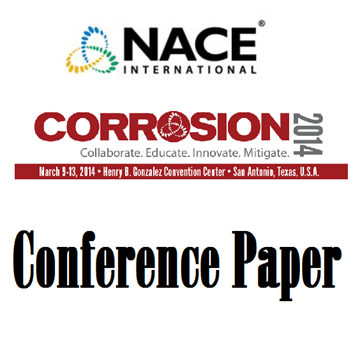Search
51314-4155-The Effects of Key Operating Conditions and Water Chemistry on Predicted Corrosion Rates
Also Purchased
51314-4159-Corrosion and Its Inhibition Under Iron Sulfide Deposits: Laboratory Testing Method Development
Product Number:
51314-4159-SG
ISBN:
4159 2014 CP
Publication Date:
2014
$20.00
02235 IMPROVEMENTS ON DE WAARD-MILLIAMS CORROSION PREDICTION AND APPLICATIONS TO CORROSION MANAGEMENT
Product Number:
51300-02235-SG
ISBN:
02235 2002 CP
Publication Date:
2002
$20.00
08164 A Corrosion Predictive Model for use in Flowline and Pipeline Integrity Management
Product Number:
51300-08164-SG
ISBN:
08164 2008 CP
Publication Date:
2008
$20.00




